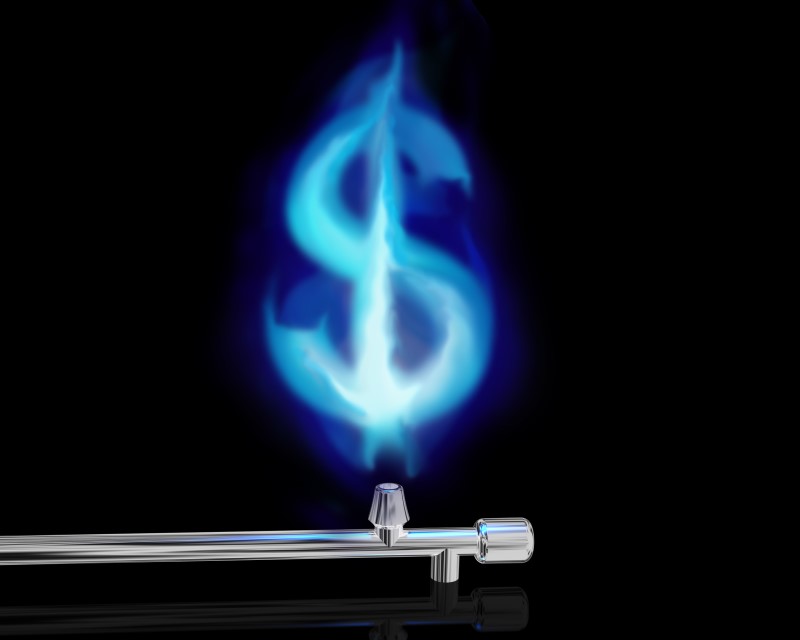8/9/2025
(Reuters) — U.S. natural gas futures fell about 3% on Aug. 8 on near-record output and ample supplies of the fuel in storage.
That price decline came despite strong liquefied natural gas (LNG) exports and forecasts for the weather to remain hotter than normal through late August.
The heat means homes and businesses will likely keep their air conditioners cranked up until the end of the month, forcing power generators to burn more gas than usual for this time of year. More than 40% of the electricity produced in the U.S. comes from gas-fired power plants.
Front-month gas futures for September delivery on the New York Mercantile Exchange fell 7.7 cents, or 2.5%, to settle at $2.99 per million British thermal units.
That put the contract down for a third week in a row, losing about 3% this week, 1% last week, and 13% three weeks ago.
In a sign that the market is not worried about having enough gas supplies this winter, the premium of futures for March over April 2026 was on track to fall to a record low on Aug. 8.
The industry calls the March-April spread the “widow maker” because rapid price moves resulting from changing weather forecasts have forced some speculators out of business, including the Amaranth hedge fund, which lost more than $6 billion in 2006.
Traders use the March-April and October-November spreads to bet on winter weather forecasts and supply and demand. March is the last month of the winter heating season when utilities pull gas out of storage and October is the last month of the summer cooling season when utilities inject gas into storage.
Despite a hotter-than-usual summer, record output has allowed energy firms to inject more gas into storage than usual in recent months. Analysts said gas stockpiles were currently around 6% above normal for this time of year and would likely keep growing in coming weeks.
Supply and Demand
Financial firm LSEG said average gas output in the Lower 48 states rose to 108.2 billion cubic feet per day so far in August. Output is on track for a new monthly record high, above July’s record of 107.9 Bcf/d.
LSEG projected average gas demand in the Lower 48 states, including exports, would rise from 105.9 Bcf/d this week to 109.0 Bcf/d next week and 111.3 Bcf/d in two weeks. The forecast for next week was lower than LSEG’s outlook on Aug. 7.
The average amount of gas flowing to the eight big U.S. LNG export plants rose to 16.1 Bcf/d so far in August, up from 15.5 Bcf/d in July. That compares with a monthly record high of 16.0 Bcf/d in April.
The U.S. became the world’s biggest LNG supplier in 2023, surpassing Australia and Qatar, as surging global prices fed demand for more exports, due in part to supply disruptions and sanctions linked to Russia’s 2022 invasion of Ukraine.
Gas was trading around $11 per MMBtu at the Dutch Title Transfer Facility benchmark in Europe and $12 at the Japan Korea Marker benchmark in Asia.
Related News
